The Free Three
How to Lighten Your Pack Weight Without Spending a Dime
The top reason people are carrying so much weight is that they pack for their fears. No one wants to be hungry, thirsty, cold, dirty, or wet on the trail, so they throw in a whole bunch of extra stuff and wind up with a heavy pack that’s miserable to hike with — a big downer that can ruin trips. But rationally and safely reducing pack weight can be confusing and expensive. That’s where we come in.
Backpacking’s “Big Three” are Expensive
Many of us have heard of looking at the “Big Three,” tent, backpack, and sleeping bag as the first way to shave backpack weight — it’s one of the basic tenets of ultralight backpacking. But this approach has a serious drawback, it can run many hundreds of dollars to almost $1,000! But what if you could shave a bunch of backpack weight for nothing?
Look at the Free Three | Food, Water, extra Stuff
In this post, we show you how to lighten your pack by thinking rationally about what you need rather than packing for your fears. To do so, we take a close look at three categories of items: 1) Food, 2) Water, and 3) all that Stuff you don’t really need! These three categories offer lots of potential weight savings all without spending a dime, which is why we call them, “the free three.”
1. Carry Less Food
To be precise, we’ll show you how to pack enough calories, but take food that weighs less. You won’t go hungry and your pack will weigh less.
1.5 Pounds per Day Will Give you 3,000 Calories
In all the years we’ve been guiding, our clients regularly walk out of the woods with leftovers when following the guidelines of 1.5 pounds per person, per day and 125 calories per ounce (average food weight). Note: obviously there is some variation between hikers (6’2″ men hiking many miles per day may need more), but this is a great first start that works for most people.
But if you’ve spent any time researching how much food to take backpacking, you’ve likely seen the advice to pack 2 pounds of food per person, per day. In our experience, this amount is only necessary to keep up with all the calories you’ll burn on especially strenuous trips lasting many weeks or longer. The reality is that most folks are going out for a long weekend up to a 7-10 day trip. On these shorter trips, you can save a lot of weight by carrying less food weight (albeit calorie dense foods) and still get plenty of calories and thus be completely satisfied.
Here’s our approach to packing food to save weight
- For backpacking trips lasting 3–10 days, pack 1.5 pounds per person, per day of high calorie food. This simple adjustment adds up to significant weight savings—on a 3-night, 4-day trip you may normally carry 8 pounds of food at 2 pounds per person, per day. Compared to 6 pounds at 1.5 pounds per person, per day that’s a 2 lbs saving for a short trip. The longer the trip, the more significant the weight savings.
- Bring nutritious meals & food that provide 125 calories per ounce: The more calories you can get per ounce, the less weight in food you’ll have to carry and consume to feel satiated. Some pre-packaged, freeze-dried entrees provide only 100–110 calories per ounce or less, requiring you to carry more food to get full. And many foods that backpackers bring like meat jerkies, tuna fish, tortillas, breads and dried fruits are only 50 to 70 calories per ounce! To increase the calories per ounce, try adding things like olive oil, peanut butter, and nuts to your meals. Also, keep overall nutrition in mind and aim for a balance of protein, carbs, healthy fats, fiber, etc.
- Don’t take too much “emergency” food: The thought of running out of food is never pleasant, but don’t let that scare you into packing a bunch of extra meals. When you’re thinking about planning your menu, be realistic about how much you really need to eat and you’ll have more than enough food for a typical backpacking trip. Again, in all the years we’ve been guiding, our clients regularly walk out of the woods with leftovers when following the guidelines of 1.5 pounds per person, per day and 125 calories per ounce. That said, we still like to carry a couple of extra high-calorie energy bars and/or a small baggie of homemade mixed nuts, dried fruit, and dark chocolate bits for backup.
- Do a final food weigh-in: Before you head out, it’s always a good reality check to weigh all your food for your trip and see how well you stuck to 1.5 pounds per person, per day rule. For a 7-day trip, your food should only weigh about 10 pounds
To get ideas for what to eat for breakfast, lunch, dinner, and snacks in between, check out our Best Backpacking Food, Nutritious Backpacking Meals, and the 7-Day Food List posts.
TIP | Organize your food by day
When you’re packing up to head out, align your food on a table in rows for each day. Doing so helps you see exactly how much you’re bringing so you don’t overpack and it keeps you organized.
TIP | Use scales to get honest weights
Use an inexpensive kitchen scale, like the one on the left to measure the weight of individual food portions. And use the hanging “luggage” scale on the right to weigh your food bag for a pre-trip total weight reality check & pounds per day. The hanging scale can also be used to get your total pack weight!
2. Reduce Water Weight
At 2.2 pounds per liter, the weight of water adds up quickly, such that if you carry too much, it can be one of the heaviest items in your pack. Many backpackers, regardless of where they’re going, will fill up a 2- or 3-liter hydration reservoir before heading out—that’s 4.4–6.6 pounds added to your pack, not including the weight of the reservoir itself, which can be upwards of 5–8 oz.
Drinking directly from the source is a great way to stay fully hydrated and reduce the amount of water you carry.
Sufficient Water | Refill as You Go
To reduce this hefty load, all you need to do is carry “sufficient” water. Here’s what we’ve found to work best while still allowing us to stay perfectly hydrated on the trail:
- Carry SUFFICIENT Water. For many trails, 24 oz to 1 liter* of water might be all you’ll need until the next water source, really! Lots of water in your pack does you little good—it adds lots of weight, which slows you down and makes you work harder for every mile. Rather than carrying multiple liters when your next water source is only a few miles away, try cutting back to 24 oz to 1 liter. Doing so quickly shaves 2 pounds or more from your pack weight.
* Note: 24 oz to 1 liter is just a starting point. With a little practice you’ll get expert at calculating your personal “sufficient” amount of water to the next water source. - Refill as you go: The key to carrying less water is to refill as you go. Most hikes offer numerous opportunities to refill from trailside streams and creeks—when you come to one, use a lightweight, efficient water filter (we use the Sawyer Squeeze Water Filtration System) to quickly fill up and be on your way.
- Drink at the Source: You can also use the filter to down a bunch of water straight from the source, further reducing the amount you need to carry. And, the water does you a lot more good in your stomach than on your back.
- Research water sources: When you’re planning your trip, spend a little time looking at maps to see where the trail intersects streams or passes by lakes. If your research reveals that you’re going to pass a reliable water source every hour or two, there’s no reason to haul around multiple liters at a time. In addition to studying maps, it’s often helpful to read trip reports online and use popular hiking apps that allow users to post real-time updates about water sources.
- Carry a lightweight 1-liter water bottle: With less water to carry, you can leave your hydration reservoir behind. A standard store-bought bottle of water is all you need, or you can purchase a lightweight, flexible bottle designed for outdoor use. Either way, the bottle will weigh and cost significantly less than a hydration reservoir.
Learn About Dehydration Myths
To learn more about hydration on the trail, including myths about hydration and dehydration, read the post, The Best Hydration – Drink When Thirsty.
Our standard water system. The 1 Liter and Sawyer Squeeze filter are for use during the day. The 2 Liter Squeezable Pouch is mostly for camp use where we use chemical water treatment to speed things up. On rare occasions, we’ll fill and carry the 2 L in a particularly dry section of trail.
3. Don’t Bring Stuff You Don’t Need
It sounds so obvious—don’t bring stuff you don’t need. But, unneeded items have a way of winding up in our packs. Sometimes it’s something small, like an extra piece of clothing, or larger quantities of personal hygiene products than you need. But other times it’s something big, like a heavy 4-season tent that’s complete overkill for a summertime backpacking trip. Regardless, the reason these things end up coming along is usually the result of packing for fears—if you’re afraid you’re going to be cold, hungry, wet, or dirty, you’re likely to toss in a few extra, unnecessary things to feel better.
Packing for fears is really common; we’ve all done it at some point. The key to overcoming the urge to throw in a bunch of extra stuff is to be really thoughtful about what you pack. Think rationally about what you need to stay comfortable on the trail for the specific conditions you’re likely to encounter and embrace the fact that you’re going to get a little dirty—that’s just part of backpacking.
Our approach to avoiding packing things we don’t need involves checking the weather, not overpacking clothing, and learning from past trips:
- Check the weather: An up-to-date weather forecast can really help you dial in what clothing and gear you need and what you don’t. When looking up the weather, pay attention to the high and low temps, the chance for precipitation, and wind speeds, and use that info to make decisions about what to pack. For example, if the forecast calls for hot and sunny weather, you don’t need a winter-weight sleeping bag and 4-season tent. Instead, take along a 30-degree comfort rating bag and lightweight 3-season tent—those will serve most backpackers well on the majority of trips. To save even more weight, go with a backcountry quilt instead of a sleeping bag and a tarp tent or pyramid-style tent instead of a standard backpacking tent.
- Don’t overpack clothing: It’s typical for backpackers to take way too much clothing, usually out of a fear of getting cold, wet, or dirty. But, if you pack high-quality, lightweight, versatile clothing and dress in layers, you’ll be amazed at how comfortable you can stay in a range of temperatures and weather conditions. We’ve found that taking only as much as we can wear at one time keeps us from packing too much. If you really can’t stand staying in your hiking clothes for the entire trip, then bring along one set of lightweight sleep clothes weighing no more than about 8 oz., top and bottom combined. For a closer look at clothing, including specific recommendations, check out our post on hiking clothing.
- Learn from past trips: Every adventure you go on is a chance to refine your packing choices. While you’re out there, pay attention to what you use and what you don’t, so you can make informed decisions about what to leave home next time. When you’re unpacking at home, put all the items you used only occasionally or not at all into a pile, and think about if you really need them next time. Of course, we’re not suggesting you leave behind an essential item like a first-aid kit just because you didn’t use it, but if you never opened your book or hardly sat in your camp chair, then you should probably leave those behind next time.
More Ways to Cut a Bunch of Pack Weight
But not necessarily zero cost
To see what keeps us comfortable on backpacking trips but our packs blissfully light, check out our 9-pound ultralight gear list.
Conclusion
Packing for fear of getting hungry, thirsty, cold, dirty, or wet causes backpackers to carry way too much stuff. When you let go of those fears and think rationally about what and how much you really need, you’ll discover that you can be perfectly comfortable and still carry a lightweight pack. And, the best part is, when you reduce “the free three” categories of food, water, and stuff you don’t need, you can lighten your pack without spending any money at all.
Disclaimer
This post contains affiliate links. If you make a purchase after clicking on the these links, a portion of the sale helps support this site at no additional cost to you. I do not receive compensation from the companies whose products are listed. For product reviews: unless otherwise noted, products are purchased with my own funds. I am never under an obligation to write a review about any product. Finally, this post expresses my own independent opinion.

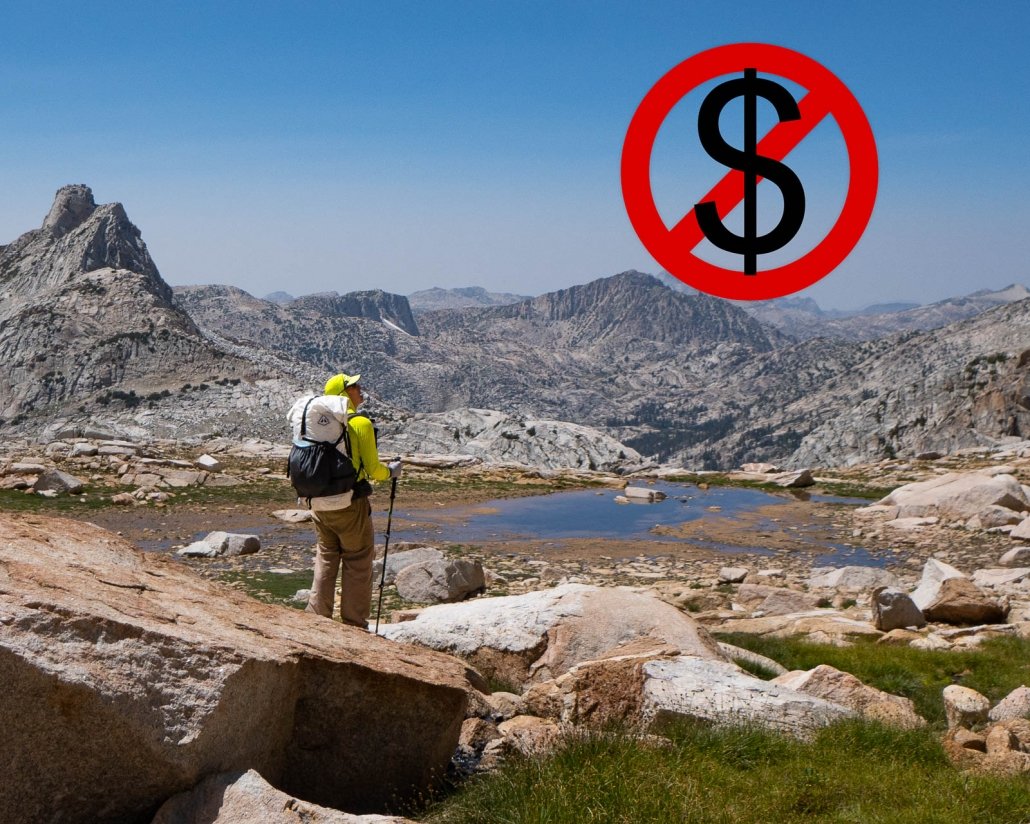
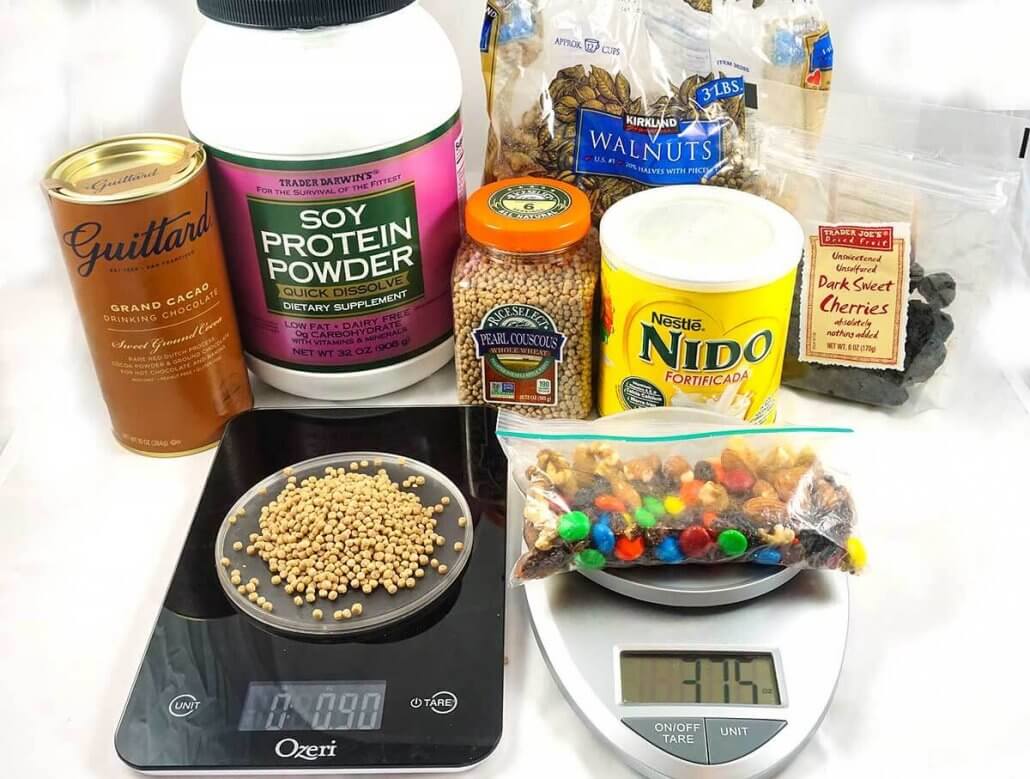
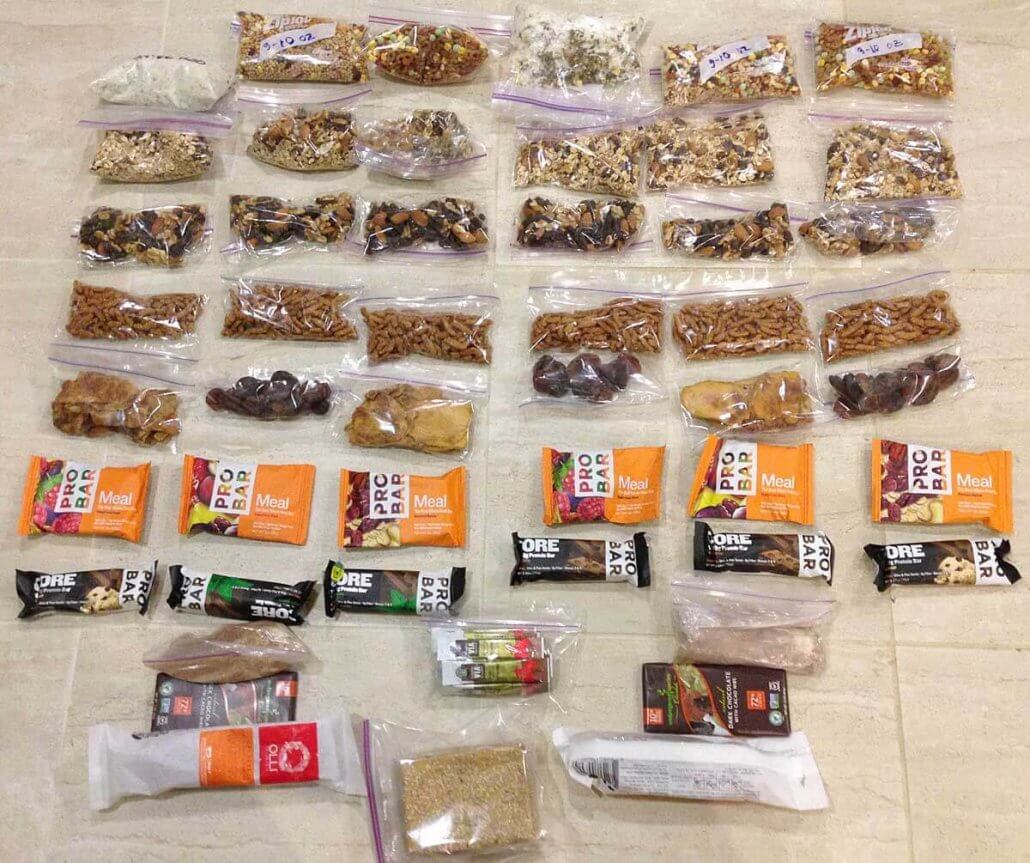
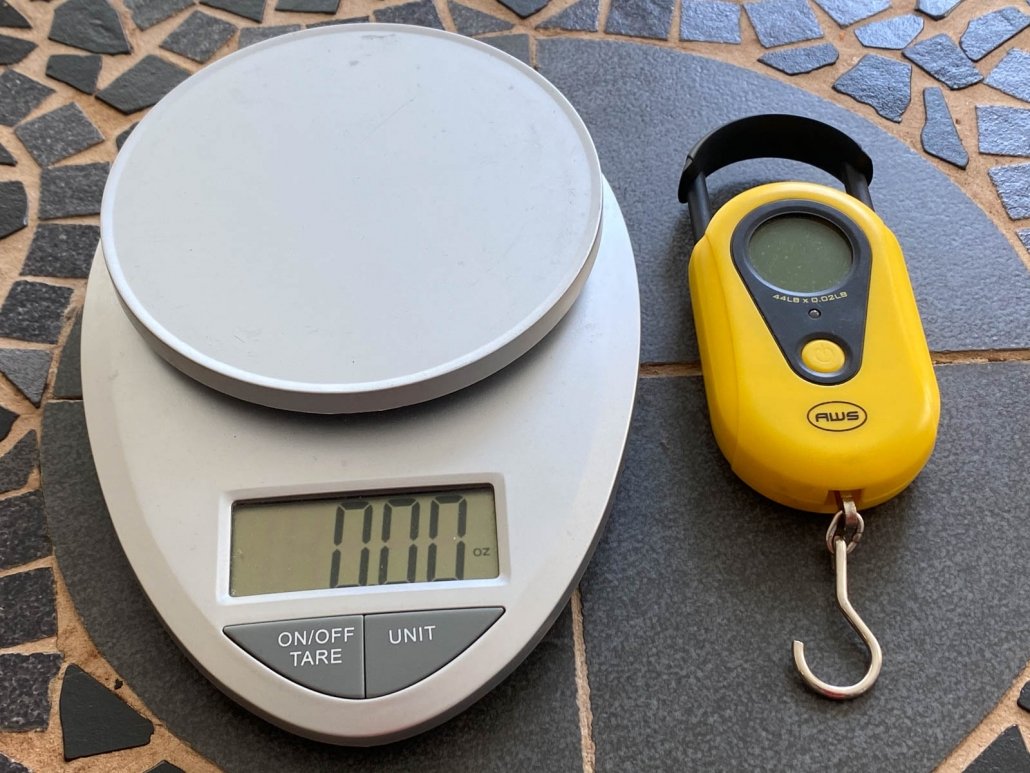
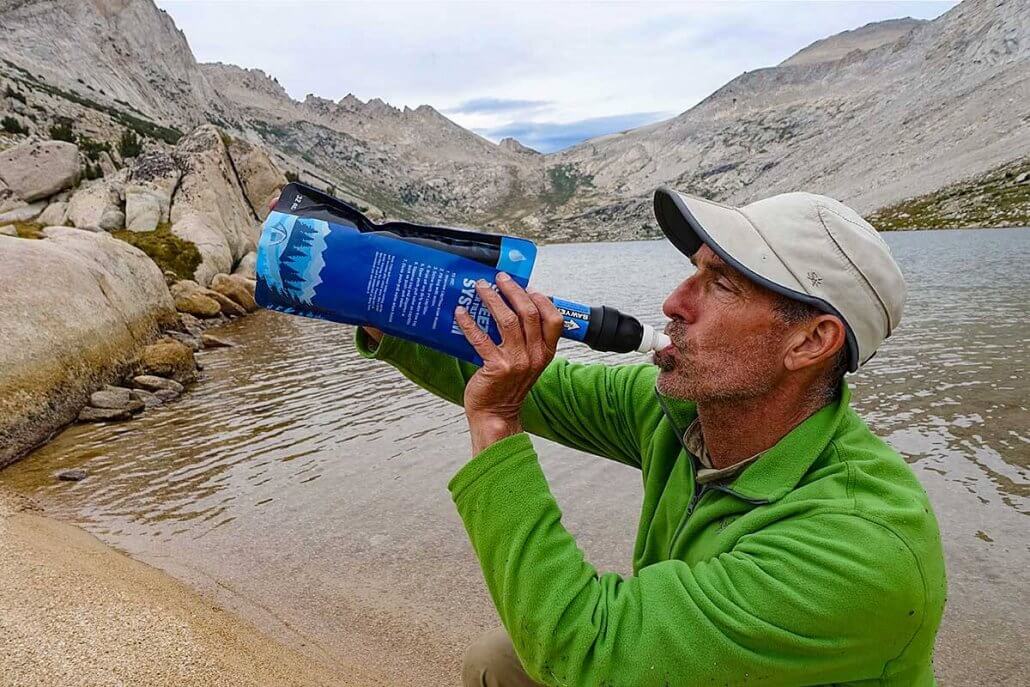
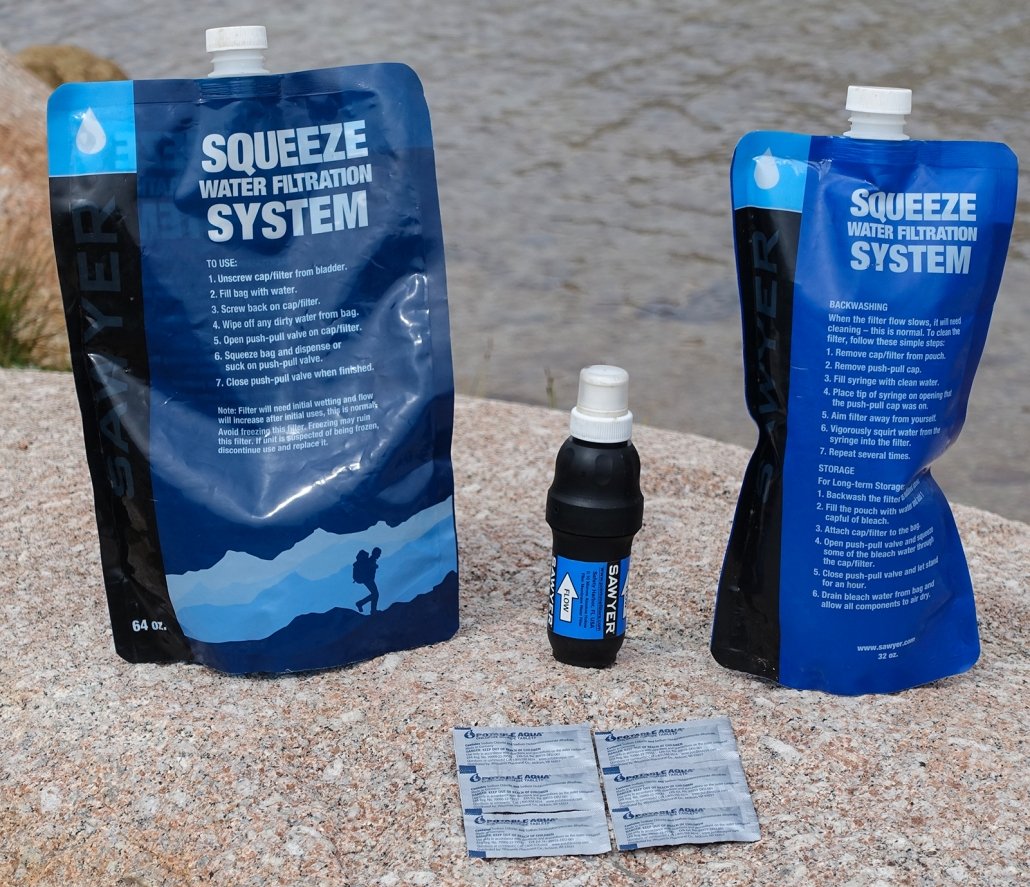
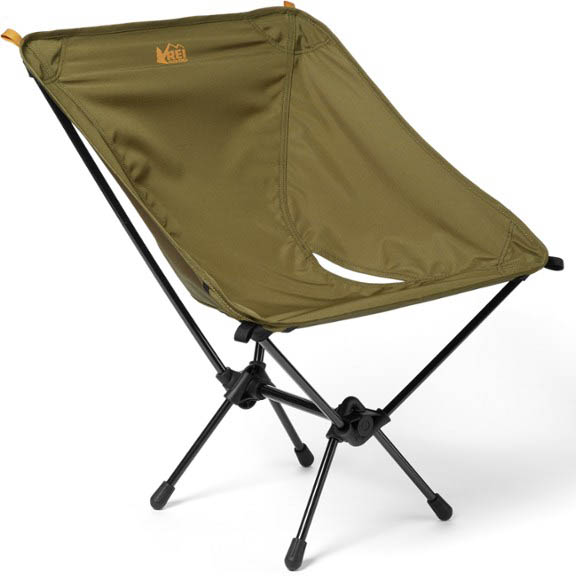
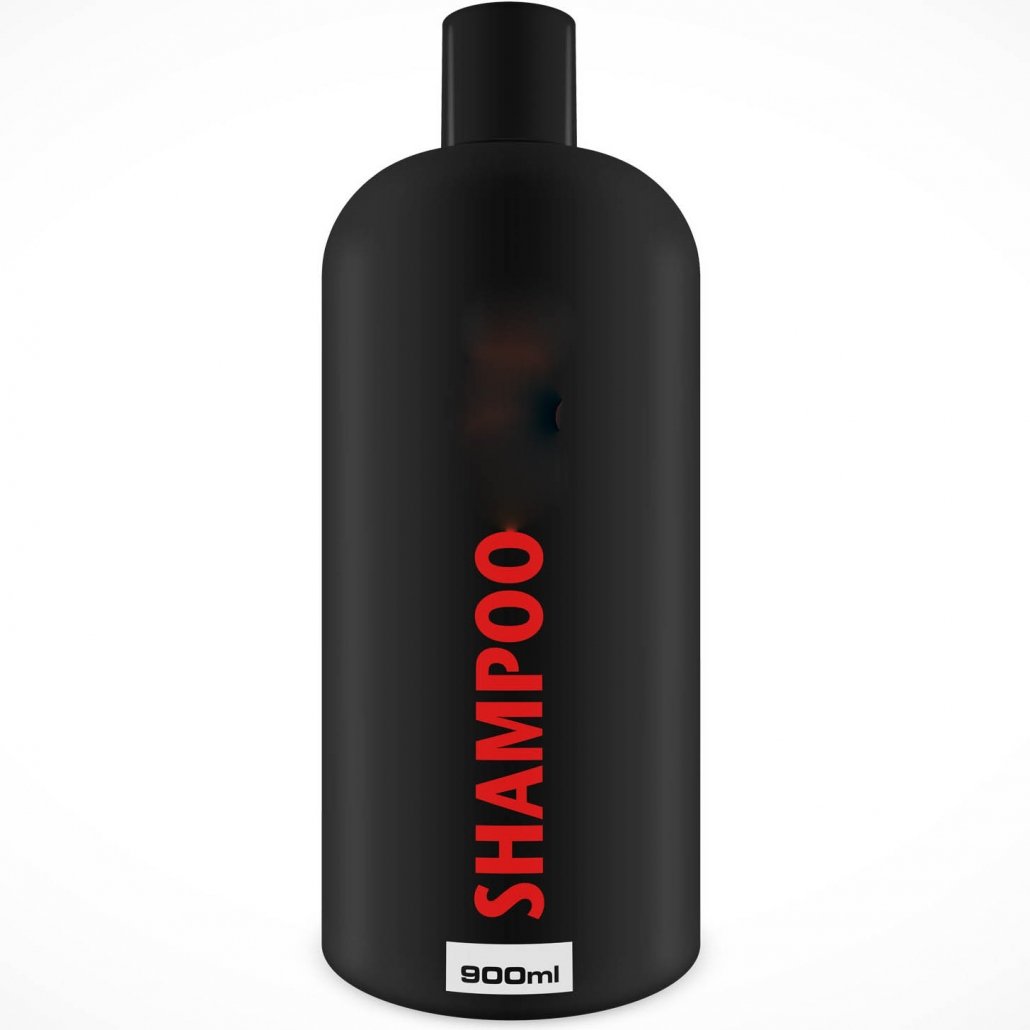


Share this entry